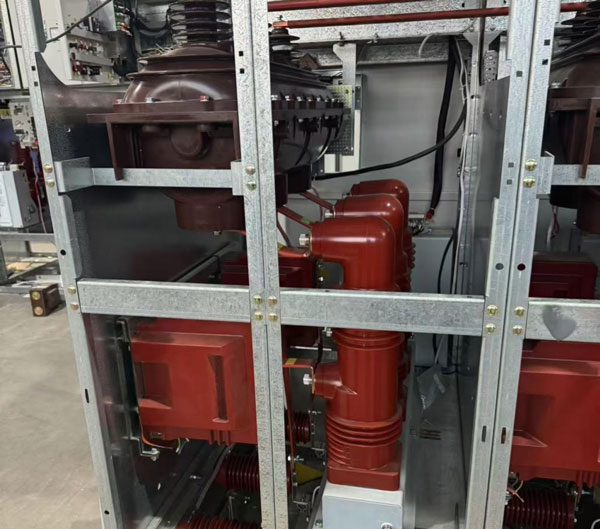Air-insulated ring main units (AIS RMU) refer to medium-voltage secondary distribution switchgear that use air as the primary external insulation medium. This solution is historically derived from early RMU technologies using vacuum or gas-pressure type load break switches. With the wide adoption of modular RMUs, the use of SF6 cast-resin sealed load break switches gradually became mainstream, where the load break, disconnector, and earthing functions are integrated into a compact epoxy insulated enclosure, using SF6 as an internal arc-quenching and insulation medium.

AIS RMUs feature modularity and expandability, allowing free combination of feeder units with compact footprint and high operational safety. The structure enables easy installation and configuration for different network layouts, while the sealed switch module requires no routine maintenance.
In modern RMU designs, SF6 or vacuum load break switches can be used to reduce greenhouse gas impact and improve maintenance accessibility. Although traditional AIS cabinets are now less commonly deployed in some domestic markets, they remain widely applied in overseas distribution networks, especially in areas requiring simple installation and high reliability with flexible feeder configurations. The breaker configuration can adopt either SF6 or vacuum circuit breakers, arranged in side-mounted or front-accessible layouts for ease of connection and system extension.

Electric power utilities and distribution operators are placing a higher priority on reducing both the number and duration of power interruptions, improving supply continuity in secondary distribution networks. With the increasing penetration of distributed energy resources, maintaining network stability, minimizing losses, and increasing system load capacity have become essential.
To achieve these goals, operators are investing in medium-voltage grid modernization through better data acquisition and seamless communication between substations and control centers. Smart RMU solutions enable selective automation levels across different parts of the grid, and through remote I/O extensions, upgrades can be implemented without replacing existing primary equipment—thereby significantly reducing deployment costs.
- Improved continuity indices (SAIDI / SAIFI) through faster fault isolation
- Compact design for constrained installation spaces
- Integrated protection, communication, and automation within standard feeder panels
- Flexible automation levels to match different network segments
- High-accuracy current and voltage sensing for precise fault location and monitoring
- Digital communication technology using internationally standardized protocols (IEC 61850, IEC 60870-5-101/104)
- GOOSE-based peer-to-peer communication for fast protection coordination
By integrating high-accuracy sensors, logic selectivity, and digital communication, the solution ensures faster fault clearing and minimizes outage areas. These capabilities contribute to higher selectivity across the medium-voltage grid, reducing energy loss while maintaining continuity of distribution.
Automatic reclosing and sectionalizing functions can be configured at different automation levels depending on network requirements. Operators can activate the desired automation mode directly through software parameterization. Based on IEC 61850 GOOSE messaging, horizontal communication between protection devices ensures system performance, reliability, and selective fault isolation capability—key technologies for smart distribution networks.